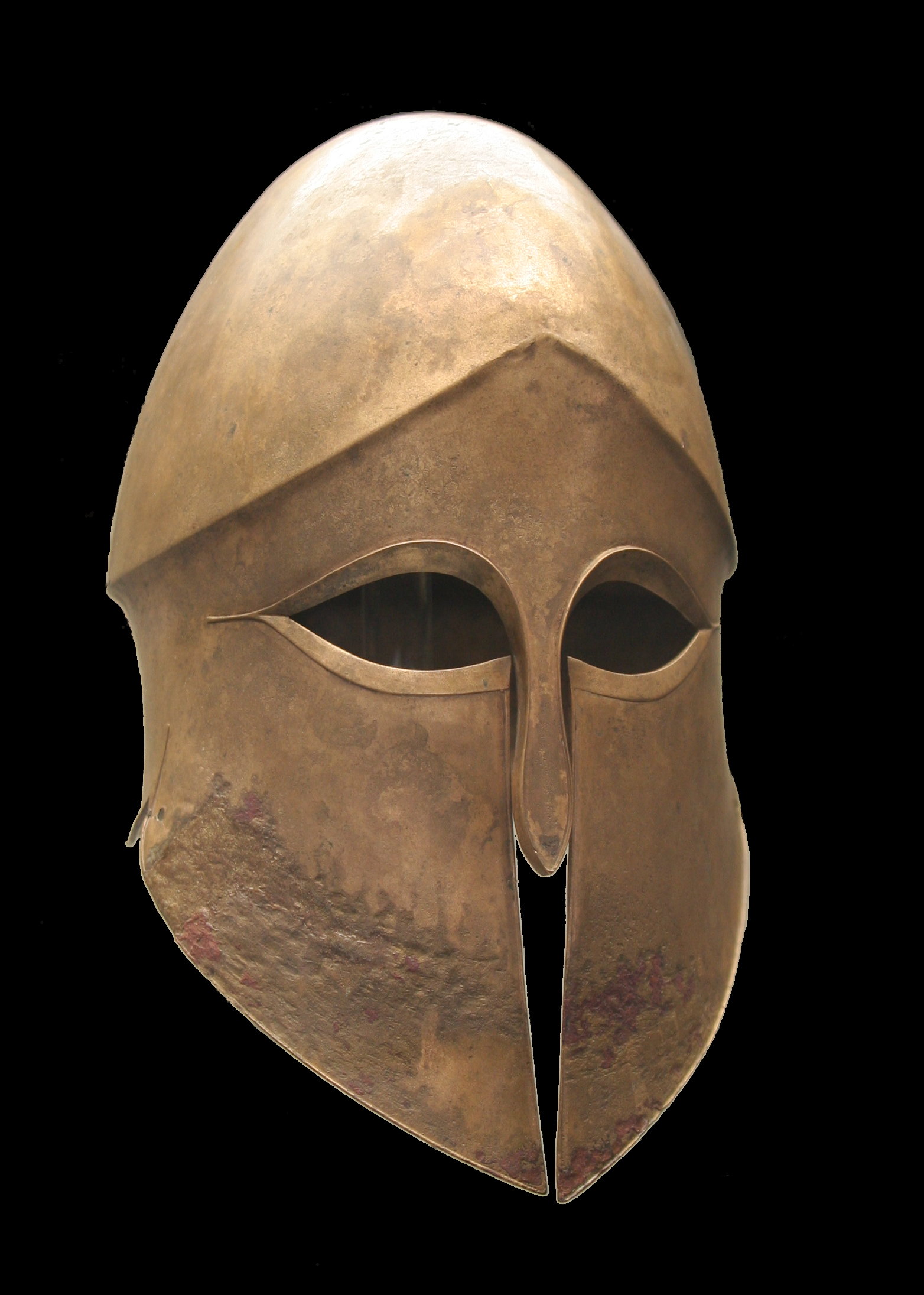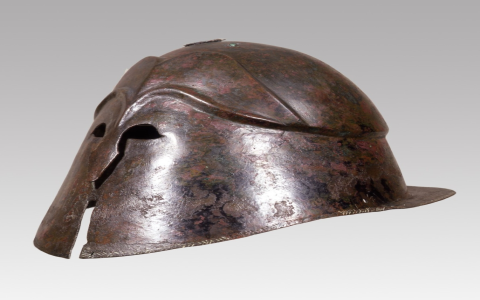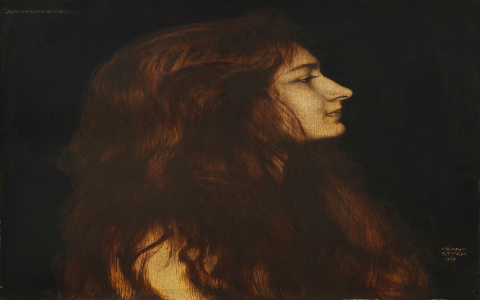So this Corinthian helmet thing caught my eye the other night while I was scrolling on my phone, half-asleep. Figured it’d be a cool weekend project to actually try and understand it, you know? Not just read a couple lines online.
Starting With a Bunch of Confusion
First thing I did was grab my tablet and search “Corinthian helmet.” Man, the internet throws so much stuff at you. Photos of fancy museum pieces, fancy words I’d never heard before… it felt overwhelming. I just wanted a straight answer: What is this thing? Why’d they wear it?
Kept digging past the shiny pictures. Found out folks in ancient Greece, like way back when they were fighting city-states and stuff, actually used these bronze helmets for fighting. Seems obvious now, right? But it wasn’t just a pot on their head! The coolest part? That iconic shape – covering almost the whole face, just leaving slits for the eyes and a little hole for the mouth to breathe. Looked super intimidating in the pictures!

Getting My Hands Dirty (Literally)
Talking about it wasn’t enough. I wanted to feel it. Found a tutorial online for making a small helmet replica using air-dry clay – seemed manageable. Got my dusty box of clay from the basement, rolled up my sleeves.
The messy part:
- Started trying to shape a dome. Clay kept cracking like an old cookie.
- Added that long piece that covers the nose – technical term, “nose guard,” apparently. Mine looked lopsided.
- Trying to curve the sides down to form the cheek pieces? Yeah, that was frustrating. Broke twice.
My table looked like a tiny pottery bomb went off. Seriously. Fingers covered in gray gunk, little scraps everywhere. It was way harder than the 5-minute craft videos make it look!
The “Why?” Starts Making Sense
While wrestling with the stupid clay, I read more about the why. These heavy bronze shells? Practical! Covered nearly everything vital – head, neck, cheeks. Slits for eyes gave decent view without exposing your eyeballs to enemy spears. That T-shaped opening? Let you breathe without making your face a target. Genius in its own brutal way.
Felt kinda silly then. Here I was struggling with soft clay for 20 minutes. Imagine a Greek soldier hammering one out of actual, hard bronze? Forget it! Made me appreciate the skill involved way more.
The Realization Hit Me
This wasn’t just cool design. It was survival gear. Total war machines wore these things. Covered in dents? Probably saved the guy’s life. Got abandoned on the battlefield? Yeah, happened – found dozens just lying where they fell centuries later.
And the most surprising thing? They used this exact style for hundreds of years. Not some fad. Guess if it works, stick with it. Makes you think about what we call practical today.
Finished my little clay blob. It’s ugly as sin. Leans to one side, one cheek piece is thicker than the other. But it sits on my desk now. Every time I see it, I don’t just see a failed craft project. I see this amazing piece of history – brutal, protective, shaped by necessity, built to last. Totally changed how I look at those museum pictures now. History isn’t just old stories; it’s real people making real things for really dangerous times. Wild stuff.



